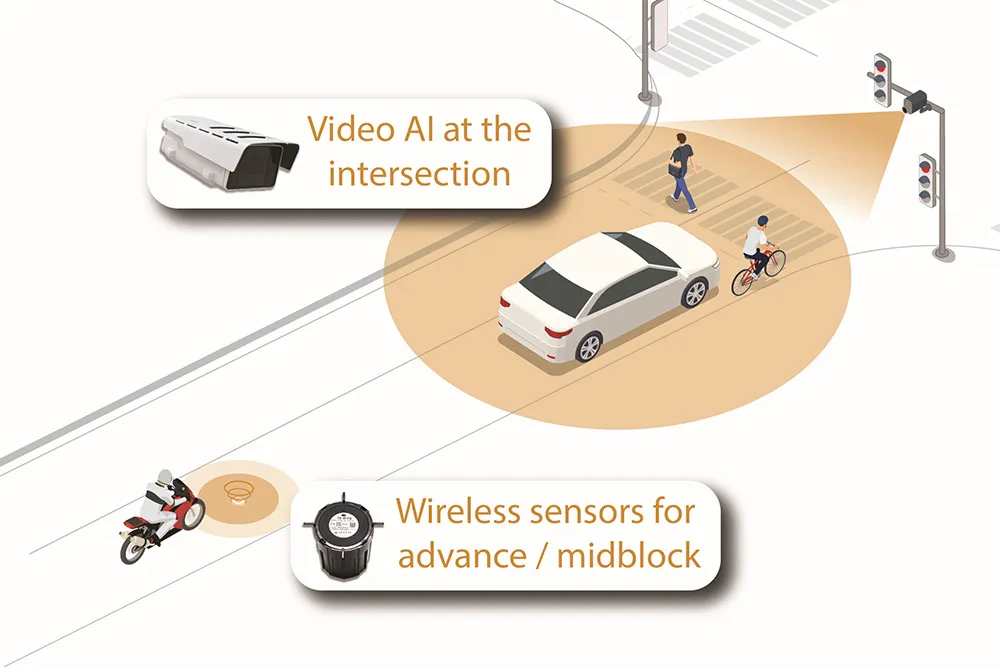Clearview Traffic Group has gained formal Highways Agency Type Approval for its M100 sensors and M150 interface card to be used as a viable alternative to inductive loops for Motorway Incident Detection and Automatic Signalling (MIDAS) applications, having met the rigorous performance and assessment requirements of the Highways Agency MCH1529 standard.
June 3, 2014
Read time: 2 mins
The wireless vehicle detection system uses embedded in-road magnetometer M100 sensors to detect the presence and lane occupancy of vehicles, providing a more reliable, lower cost and easy to install alternative to traditional inductive loops. For MIDAS applications the M100 sensors, two per lane at standard 4.5m spacing, are used in conjunction with the M150 interface card that is specifically designed to be compatible with every type of MIDAS outstation in use on the network today.
Nick Lanigan, managing director of Clearview Traffic, says “This seal of approval from the Highways Agency is a great boost for the company and acknowledges the hard work we have done to deliver a new solution to market that paves the way for much lower cost MIDAS deployments.”










